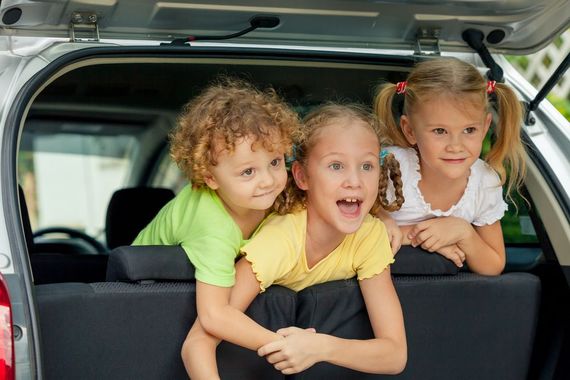 Do
Do- Use only an approved restraint that is appropriate for the child’s weight and size.
- Use restraints which have been approved to the latest standard, (UNECE Regulation 44.04)-which are designed to fit in newer cars and have increased protection for your child.
- Check that the car seat fits the model of your family car before purchasing. Ask the retailer to fit the seat before purchasing.
- Opt for a car seat that adheres to the ISOFIX system if your car is fitted with the required anchorage points; always check the vehicle handbook.
- Ensure that the car seat is fitted securely and always follow the instructions.
- Check the harness each time your child uses the seat to make sure the harness is comfortably fitted.
- Fit restraints in the back seat of the car where possible.
- Explain to your child about how important it is to remain firmly strapped in during every journey.
Don’t
- Carry children without restraints, regardless of how short the journey.
- Fit a rear-facing car seat in the front seat of a car that has an active passenger airbag as this is extremely dangerous should the airbag deploy.
- Buy a used or second hand car seat, unless you know its history and it comes with a set of instructions.
- Buy a car seat without first checking that it is compatible with your car.
- Use a car seat that has been involved in a car crash.
- Allow a child to sit on your knee while travelling.
- Allow children to climb out of their belts or release seat belt buckles.
- Make any modifications to child seats or buckles as this could cause serious problems should an accident occur.
- Use a cushion in place of a booster cushion as it won’t be secure.
- Leave your child unattended for any length of time in a car



